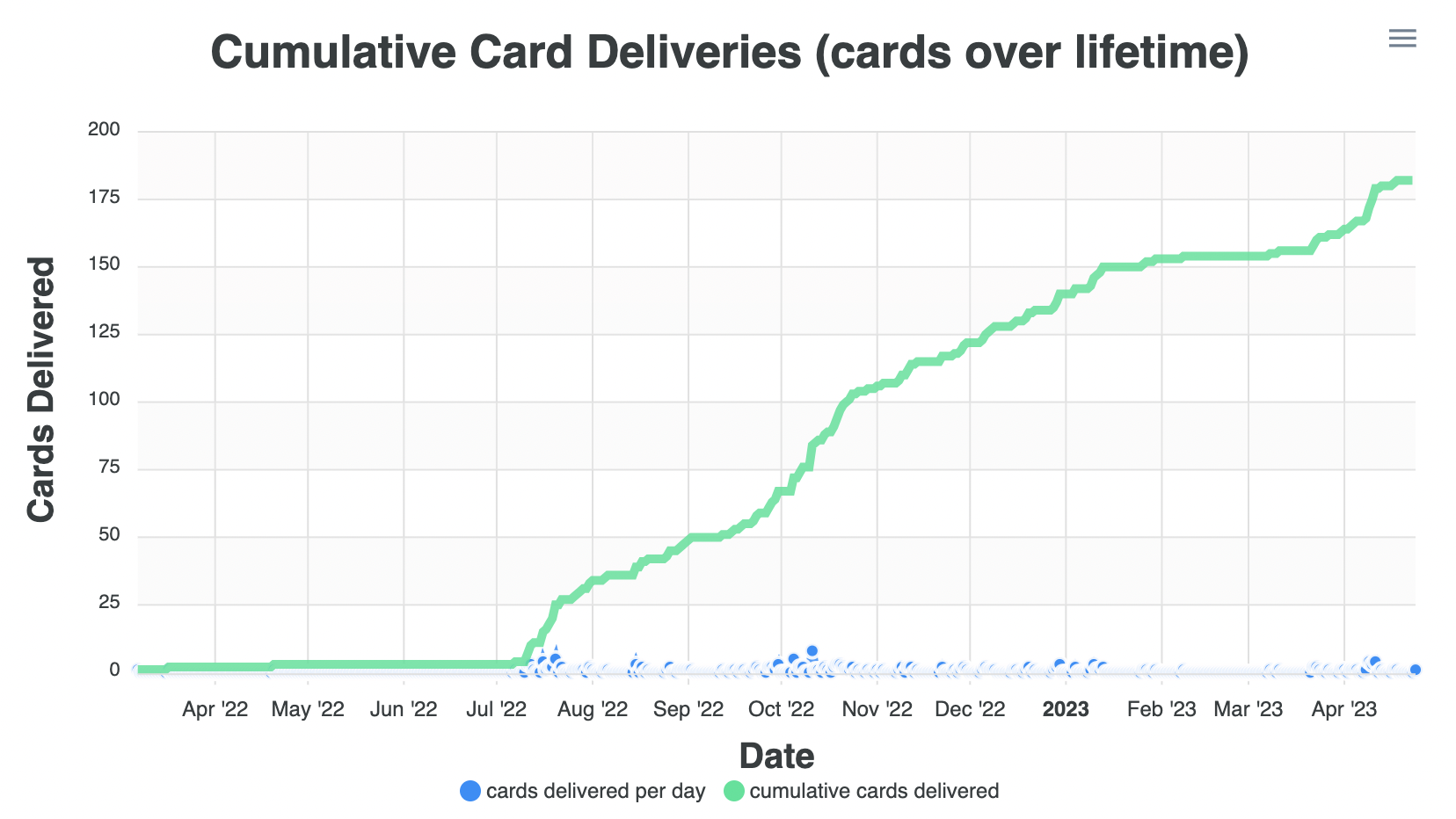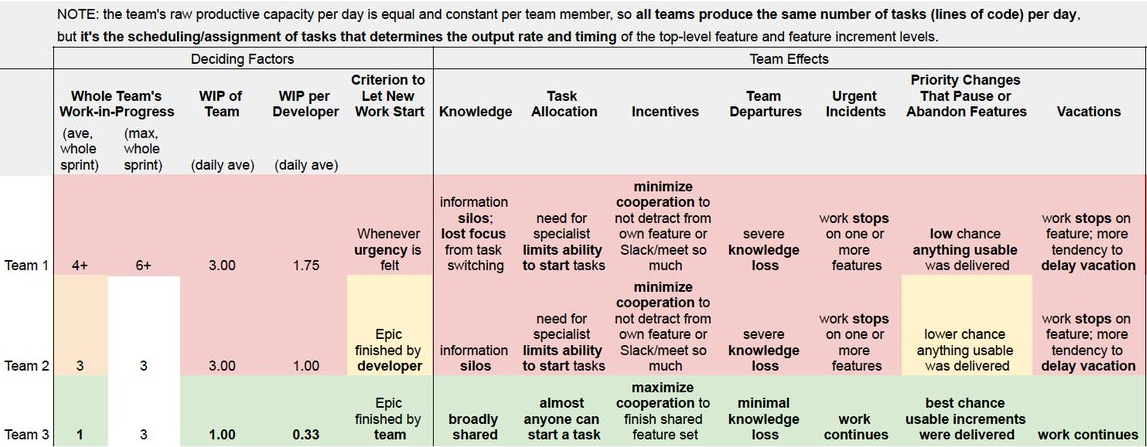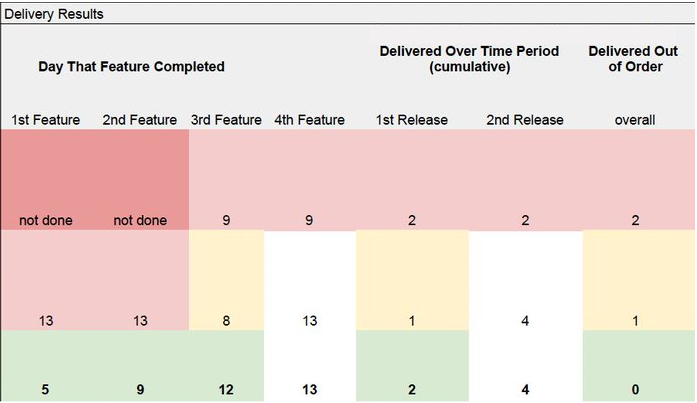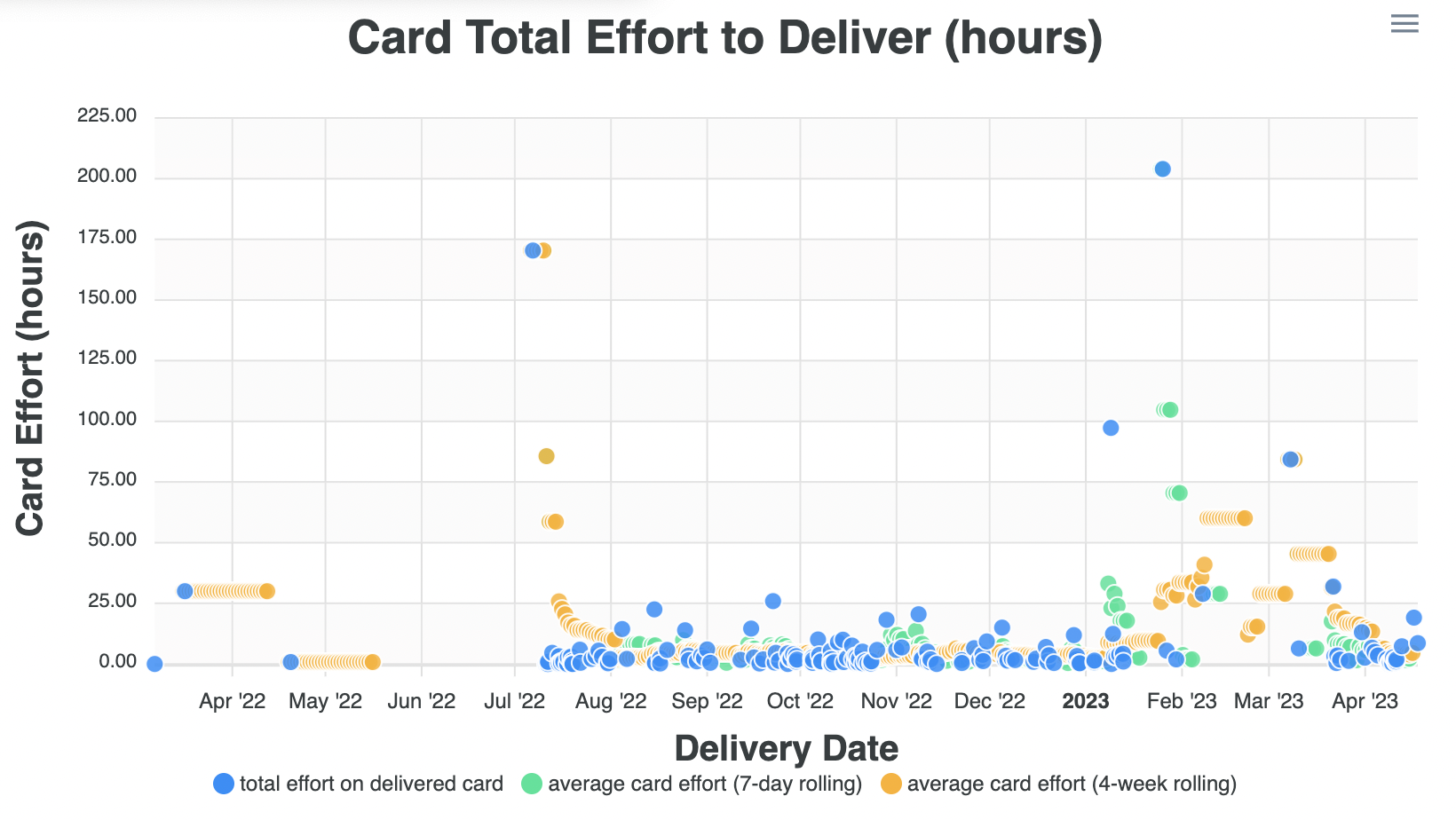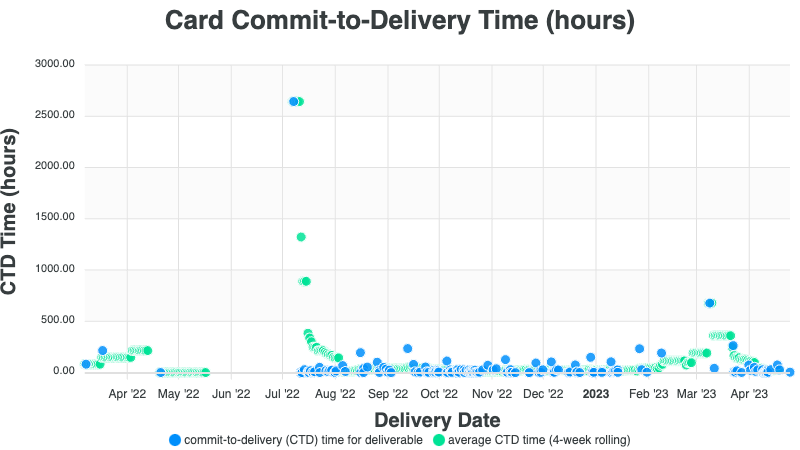How can we organize our work
and teams
to achieve the
highest-possible, sustainable output
while also
- shrinking start-to-finish time
- nailing delivery date predictions
- and knowing the most profitable hiring bet?
Comfortably maximize your output, profitability, and on-time track record with the PEAK PACE web app: an always-on, "omniscient", global optimizer that finds the best decision to act on next.
